report a positive relationship between the extent of union national football league dallas cowboys tie dye crocband clog coverage and the wages of union members. Such a relationship would be expected under either a labor
national football league dallas cowboys tie dye crocband clog
They were right. In the 1970s and early 1980s, the wage gap in the private sector rose while union density fell, as predicted in the standard textbook model of how employment national football league dallas cowboys tie dye crocband clog responds to wages where the union has monopoly power over labor supply. In the classic monopoly model, demand for labor is given, so a rise in the union premium results in a decline in union membership since the premium hits employment. The fact that unions pushed for, and got, an increasing wage premium over this period, implies that they were willing to sustain membership losses to maintain real wages, or that unions were simply unaware of the consequences of their actions.
The results reported in Table 4 are broadly comparable to the estimates obtained by Lewis in his Table 9.7, which summarized the findings of 165 studies for the period 1967–1979. Lewis concluded that during this period the U.S. mean wage gap was approximately 15 percent. … It appears that the unweighted average for this first period, 1967–1972, of 14 percent is slightly below the 16 percent for the second interval, 1973–1979. The estimates for the later period are very similar to those shown in Table 4—which also averaged 16 percent—and have the same time-series pattern. In part, Lewis’s low number for 1979 is explained by the fact that the 1979 May CPS file included allocated earners and hence the estimates were not adjusted for the downward bias caused by the imputation of the earnings data. Most studies comparing wages across industries, areas, or occupations, as well as most inter-metropolitan and interstate comparisons of wages within a given industry,






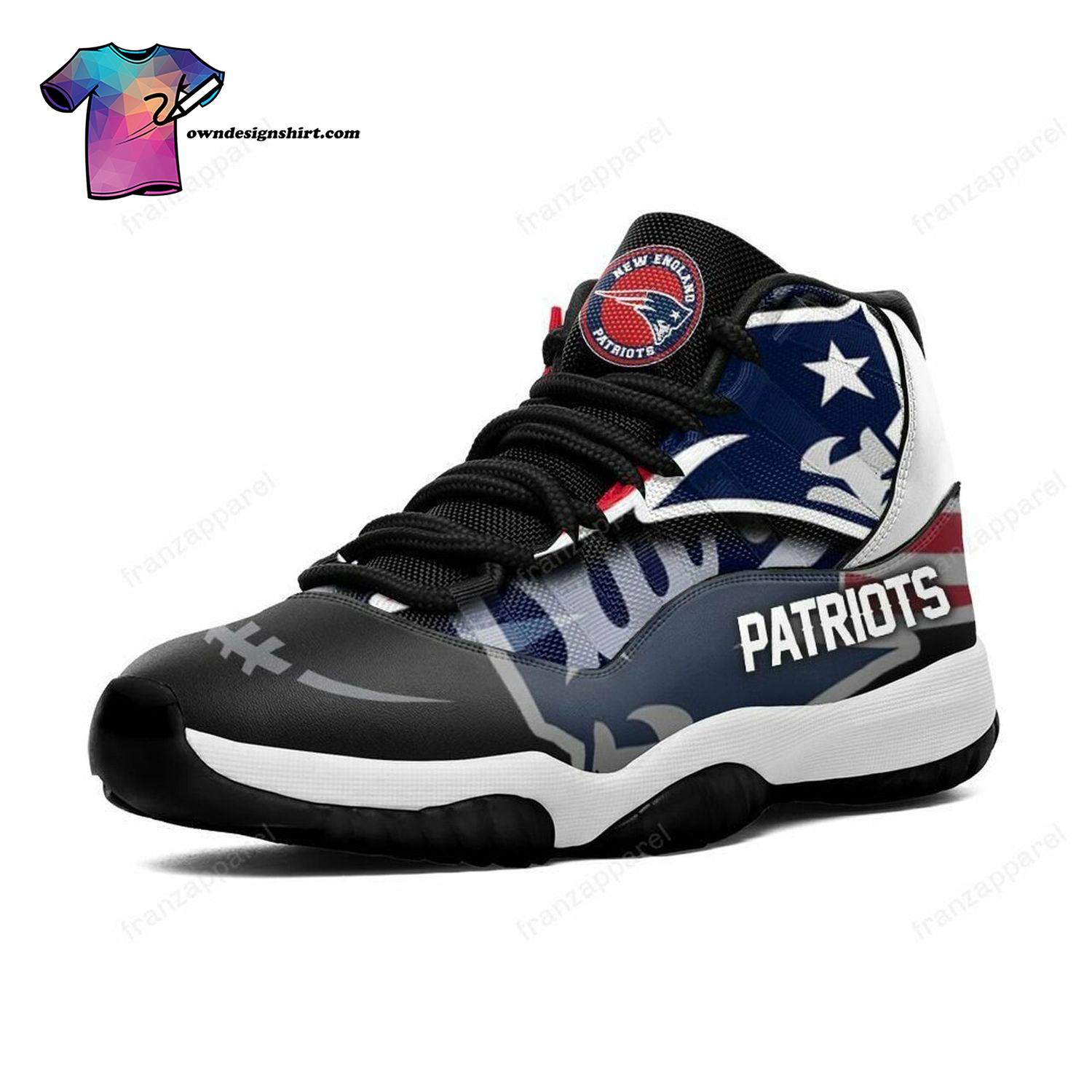
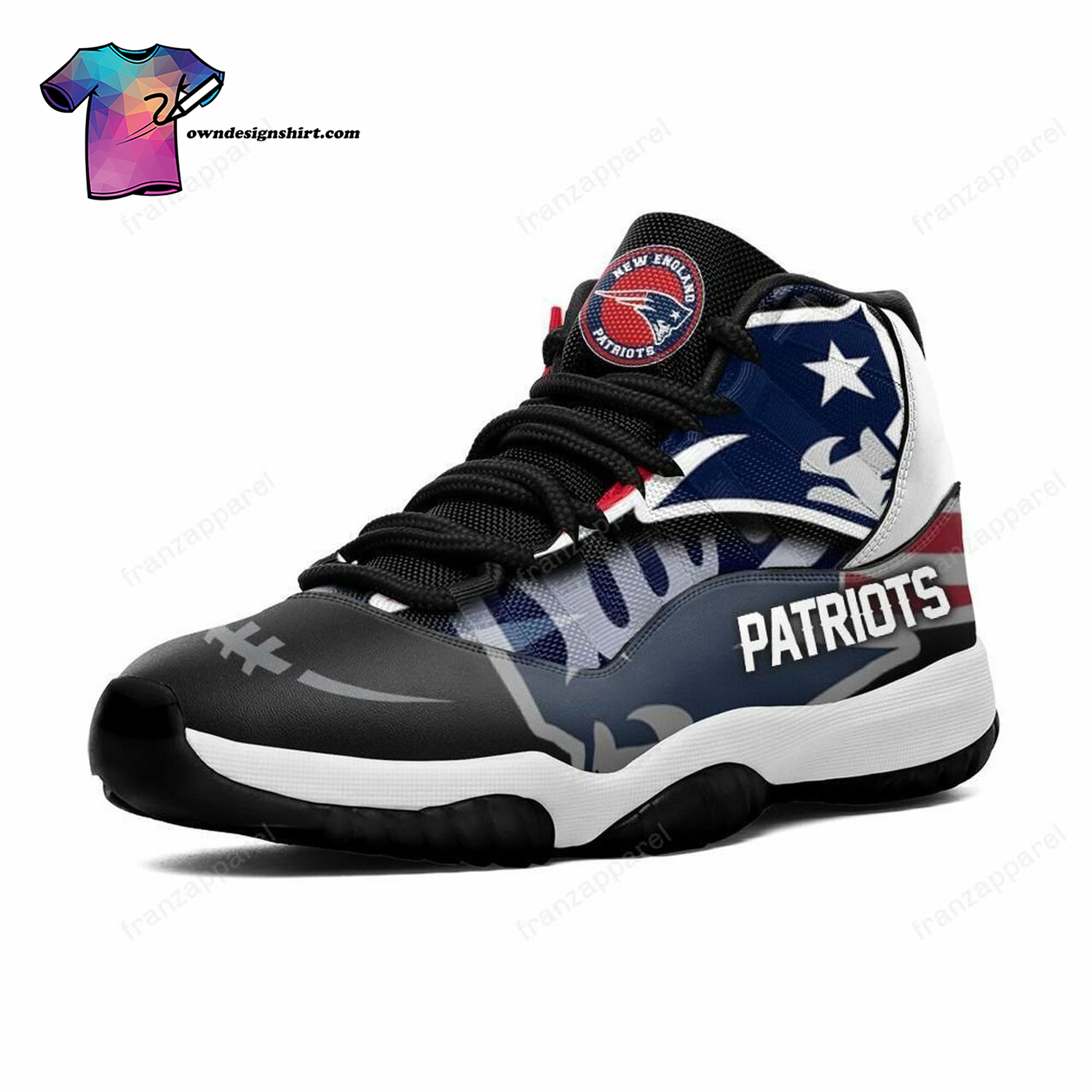
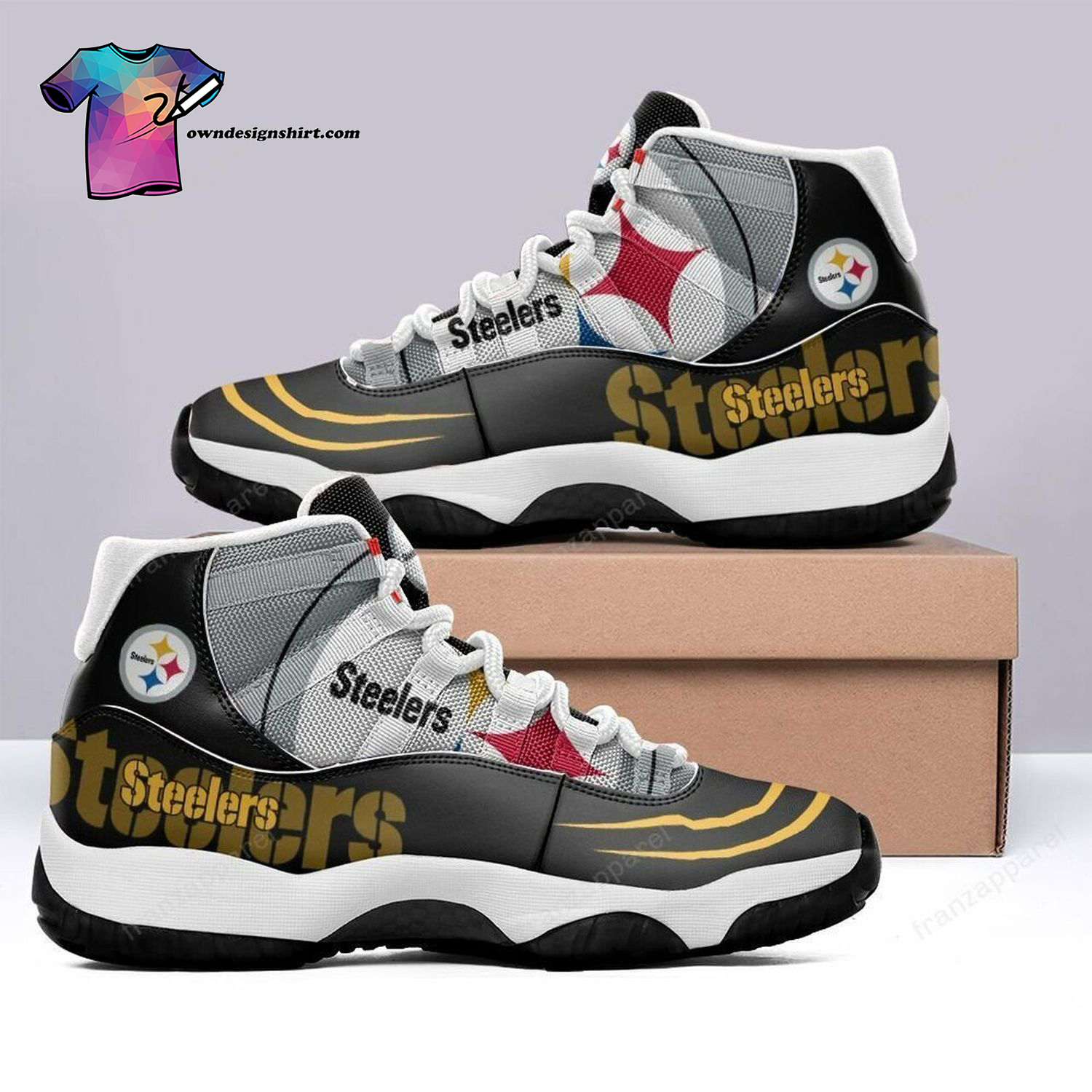
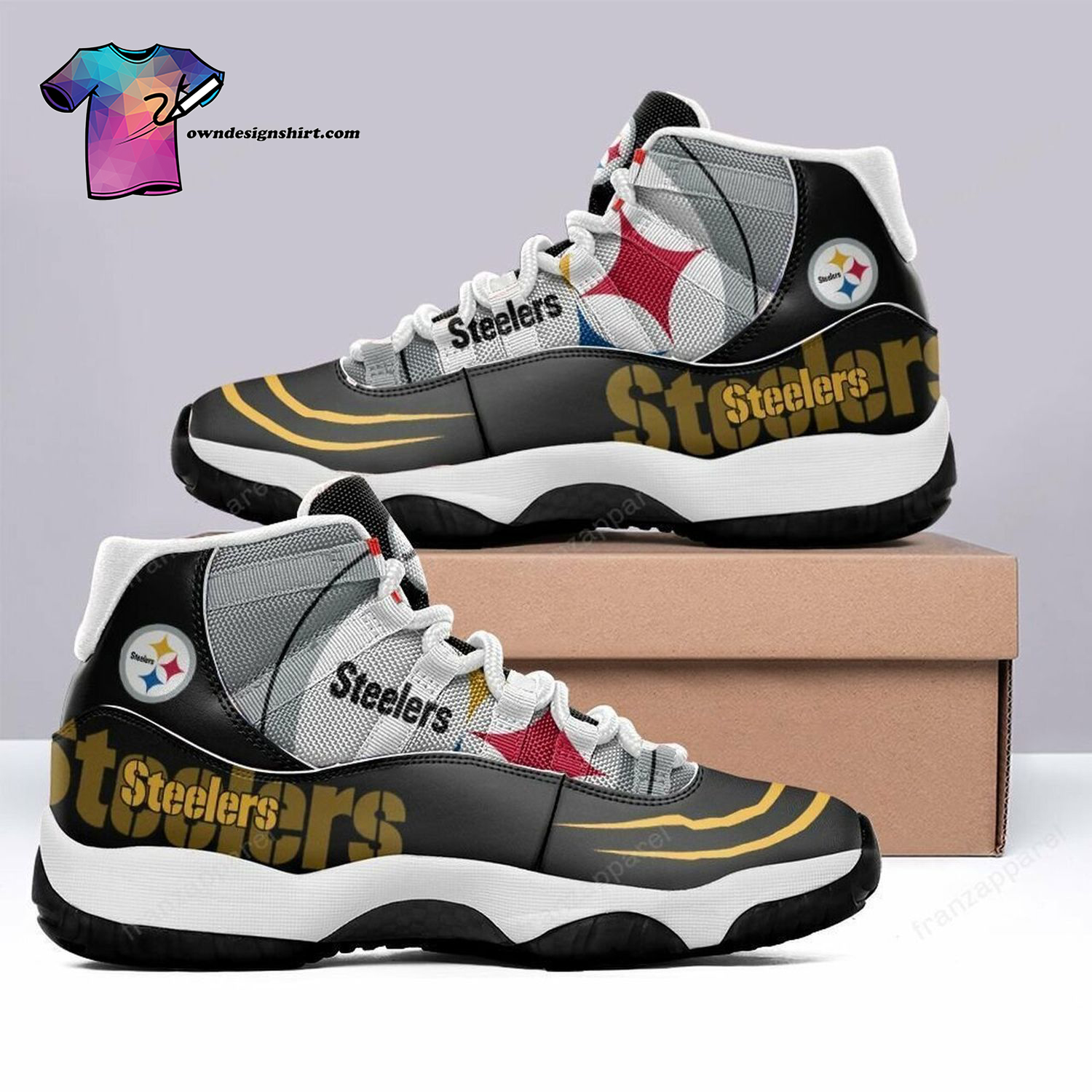
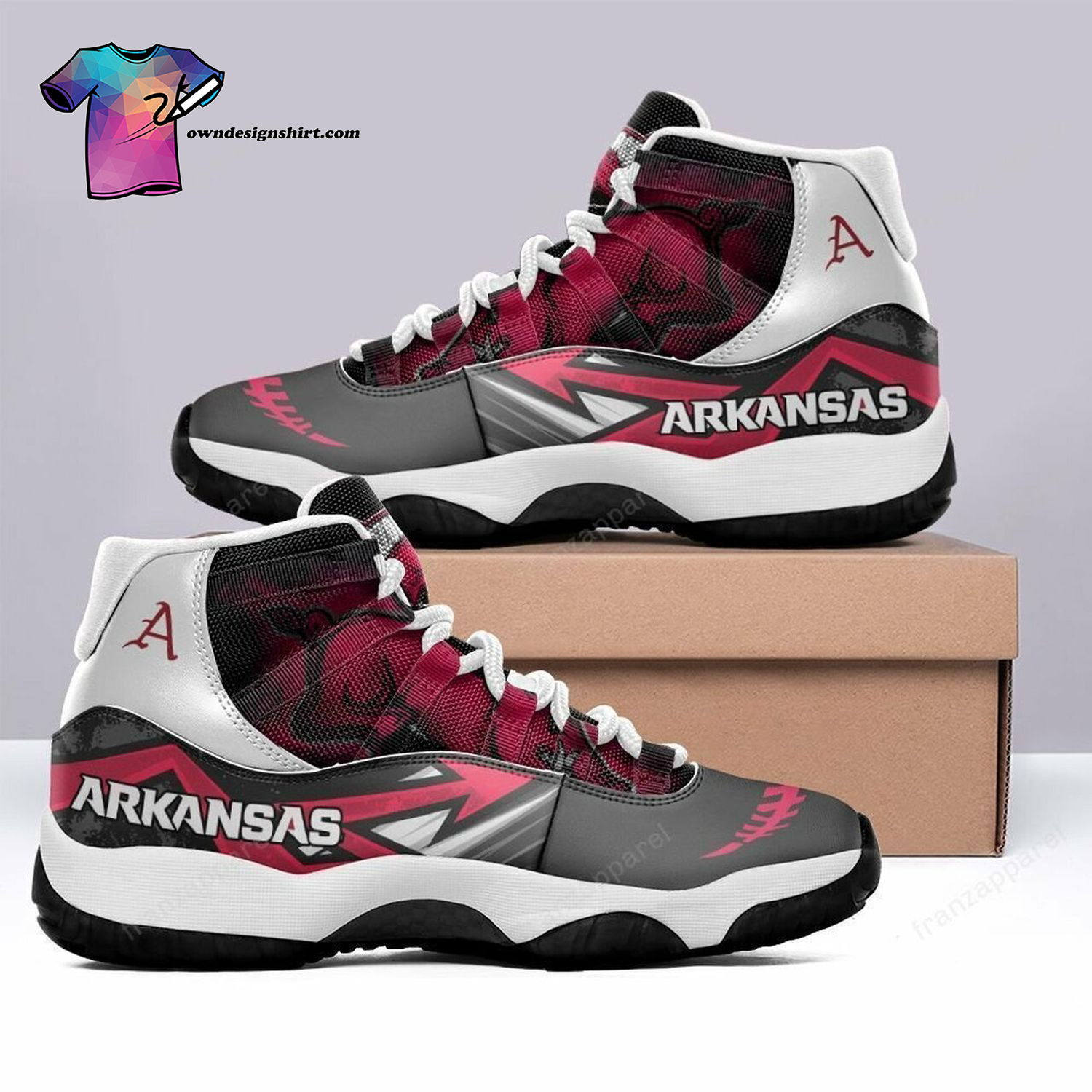
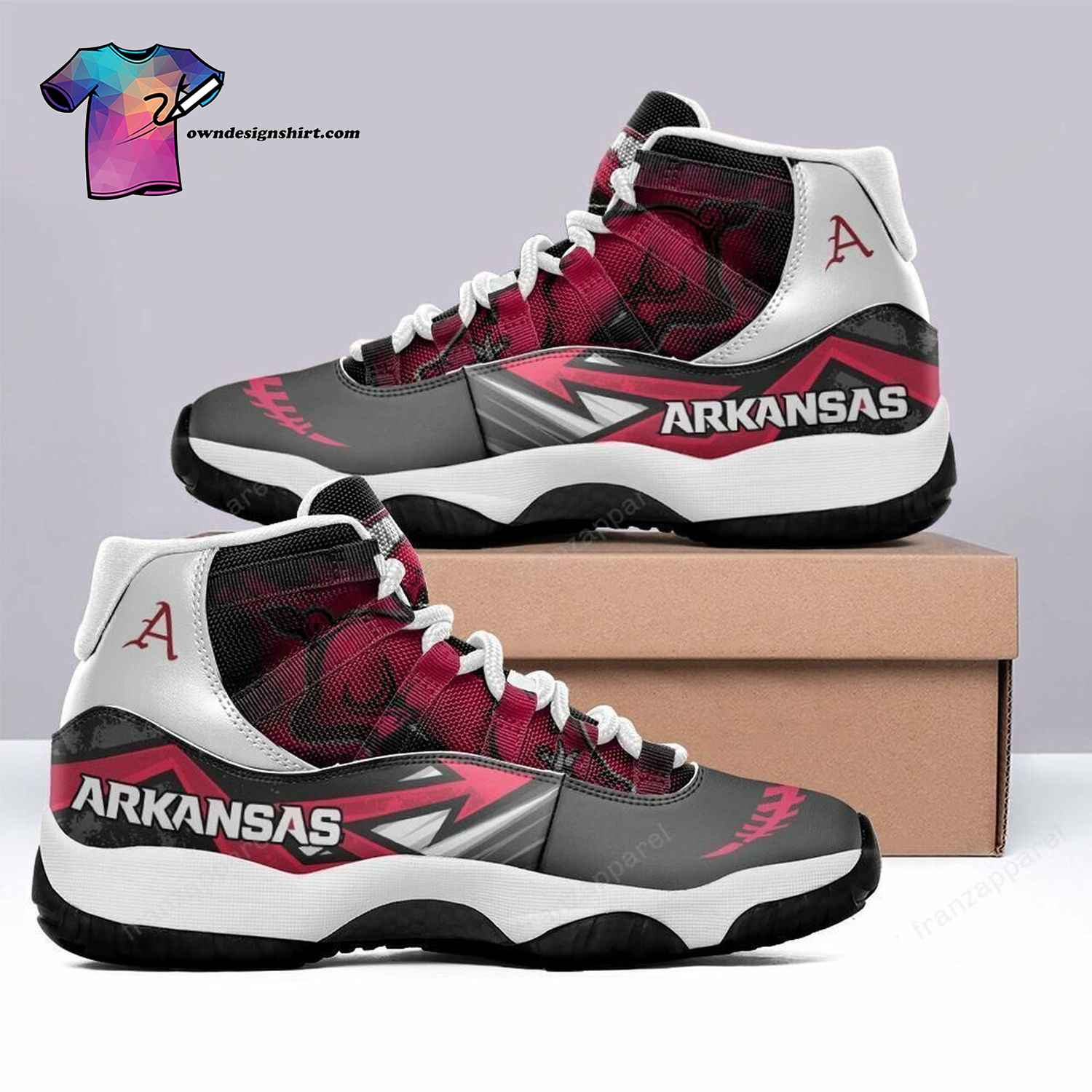



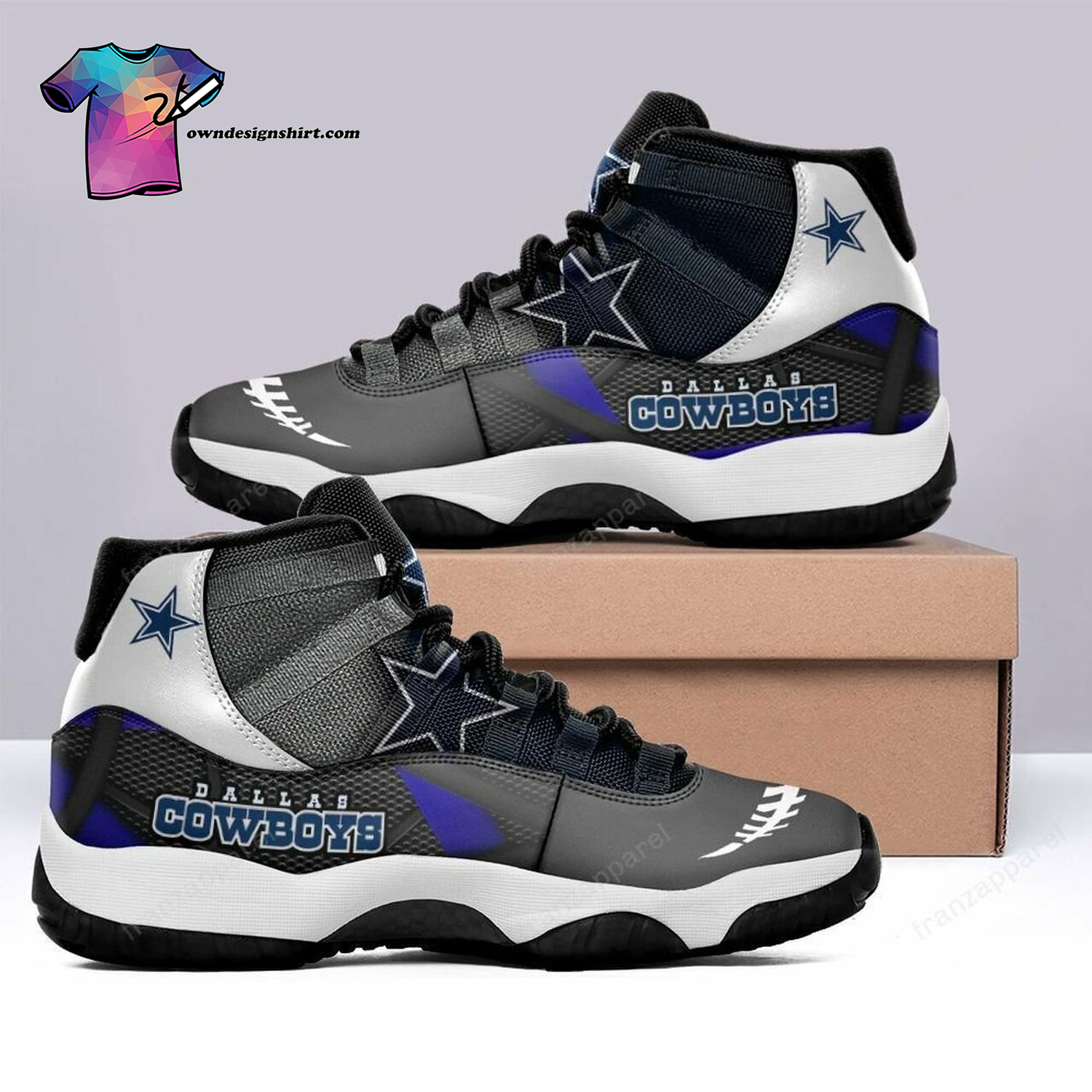
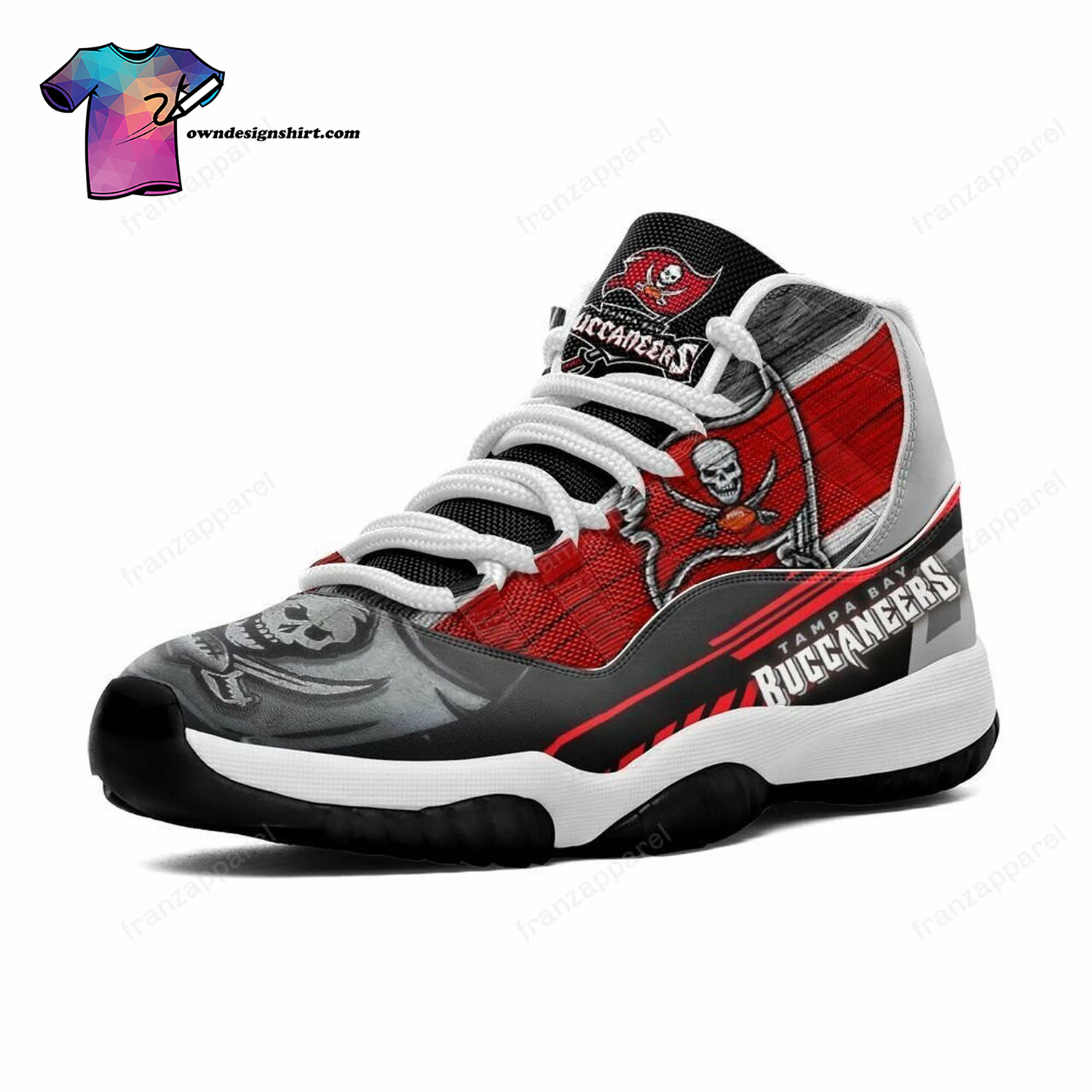
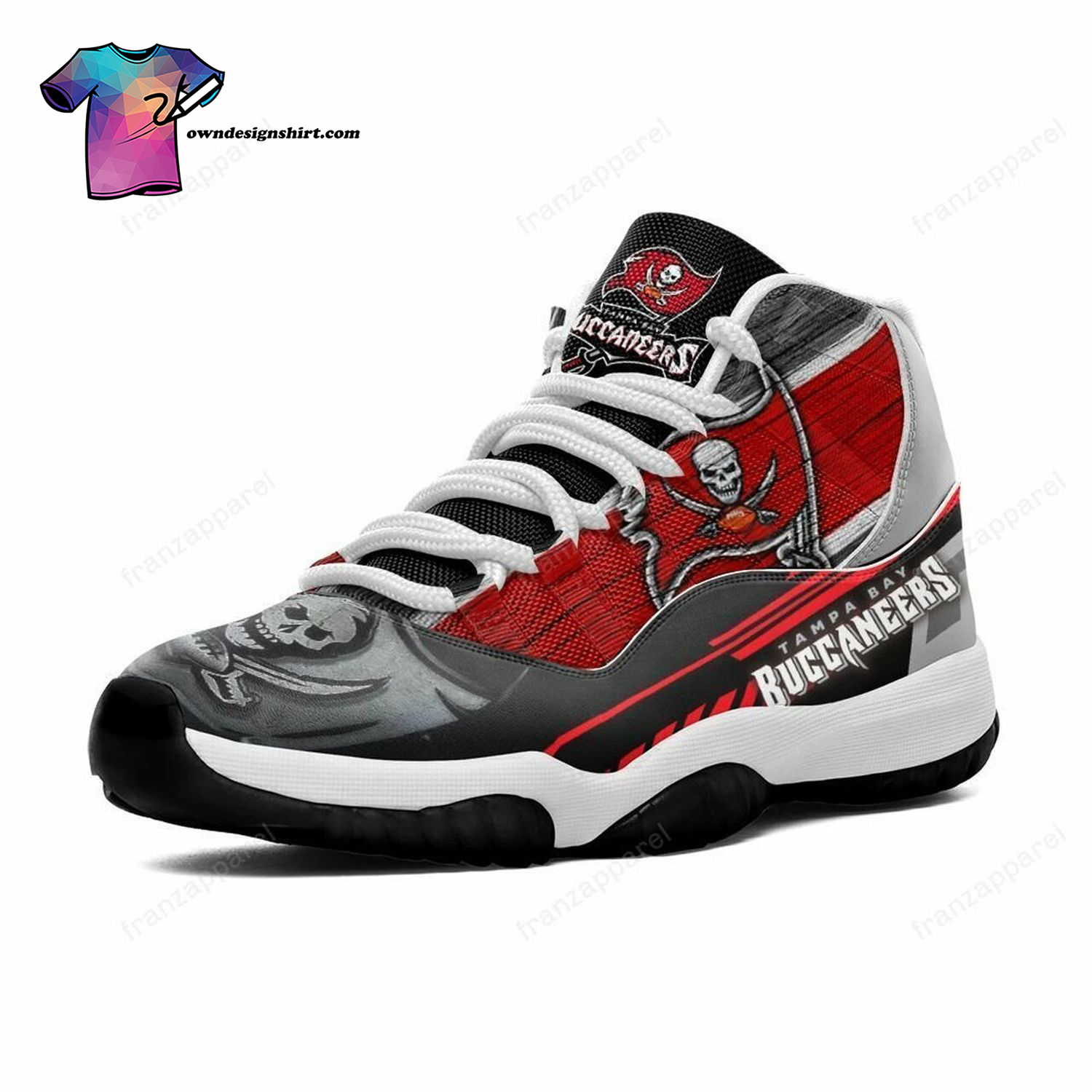
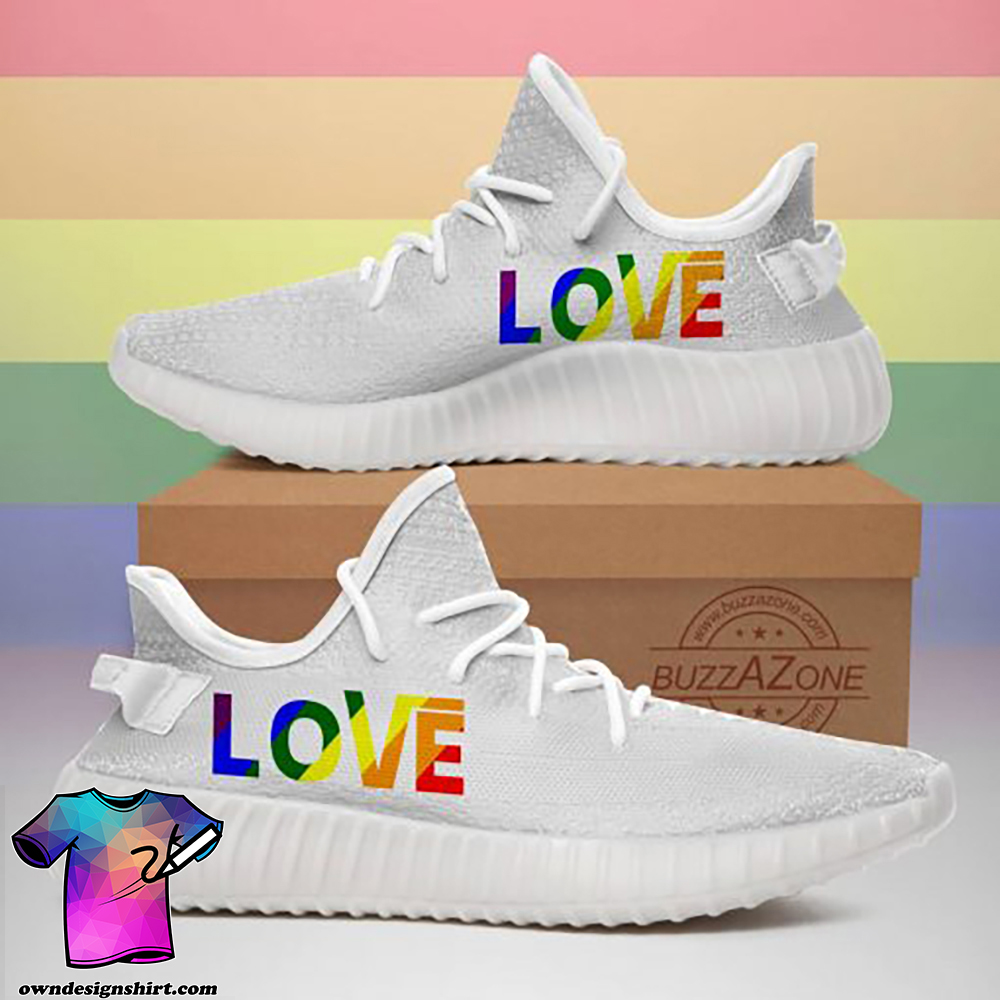


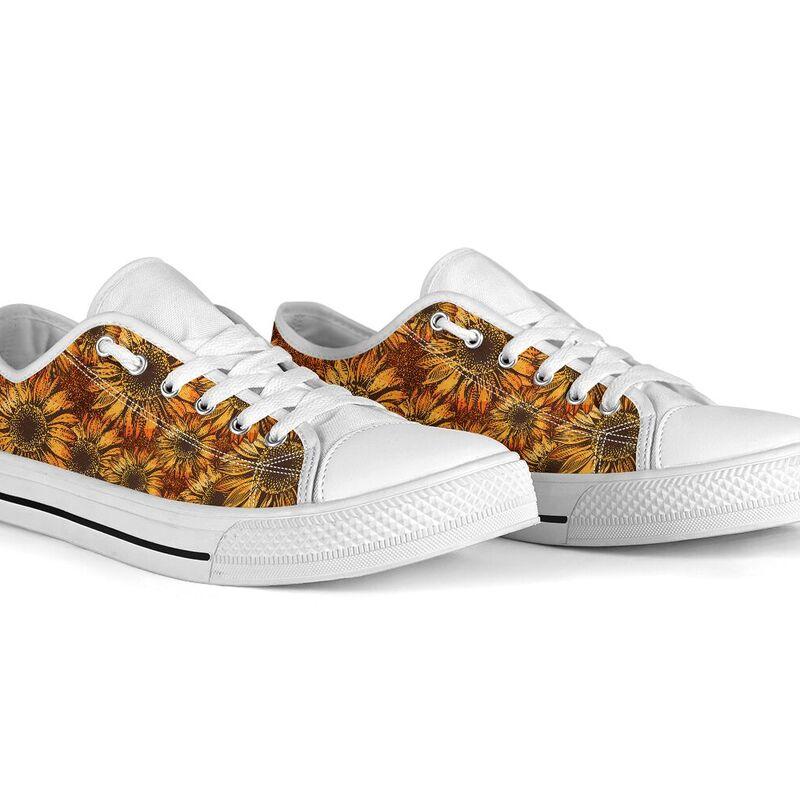

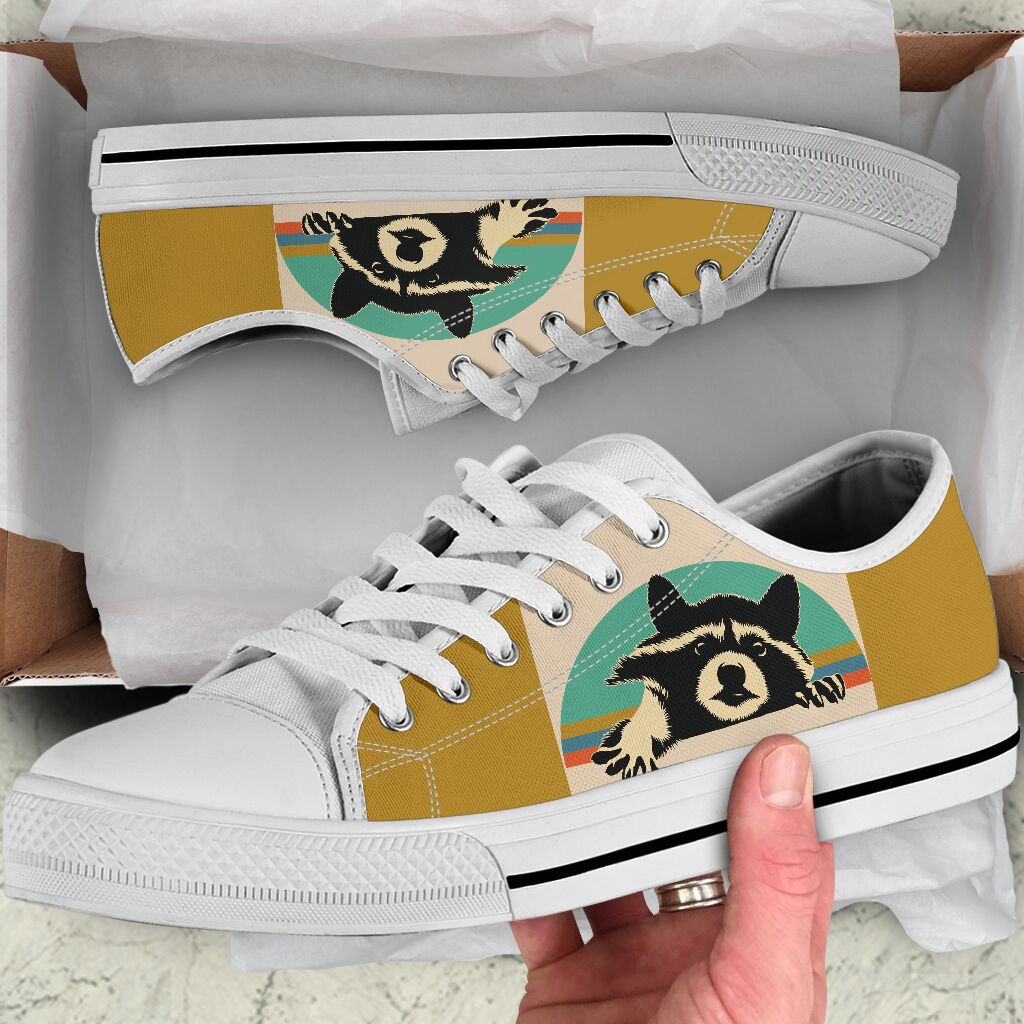





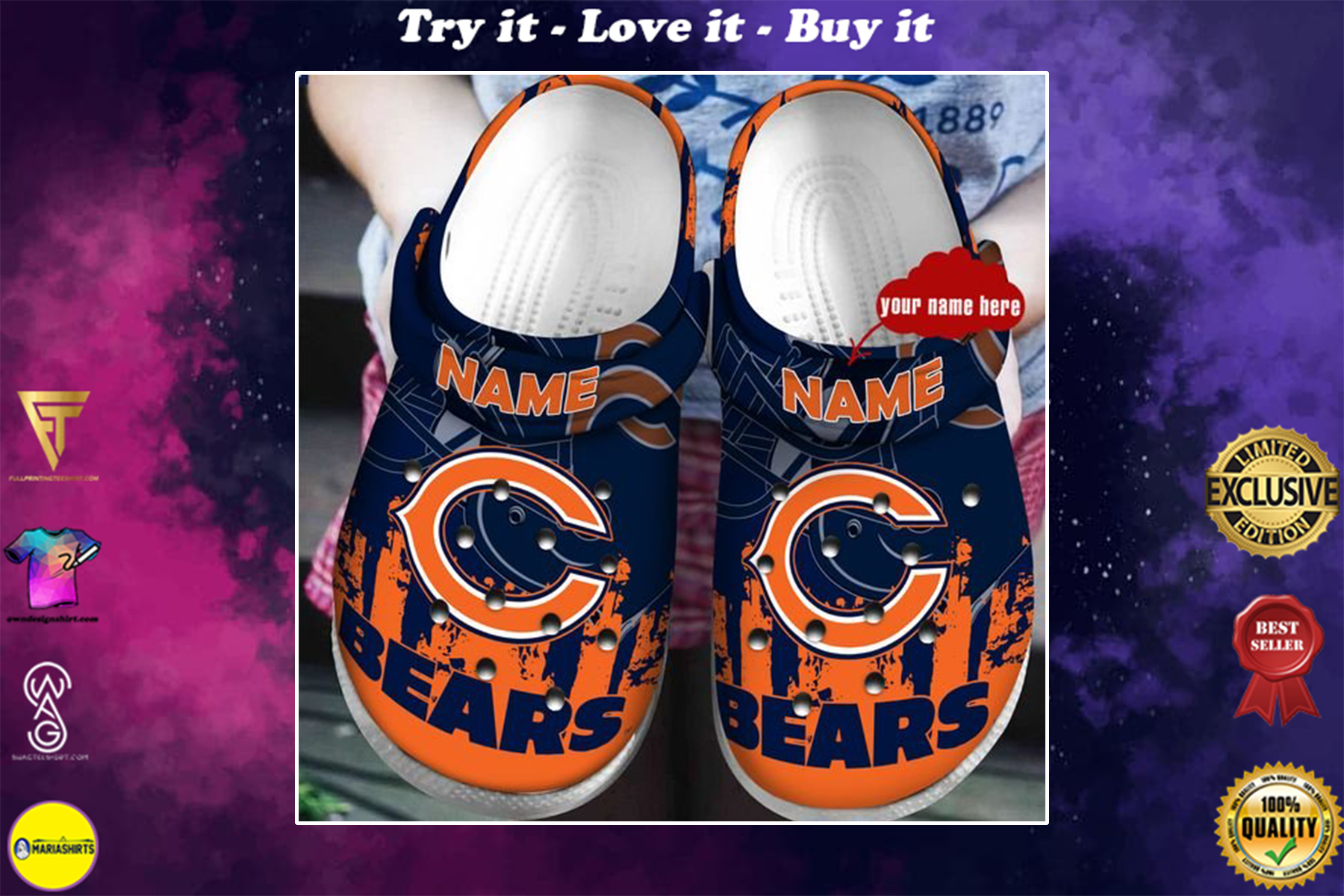
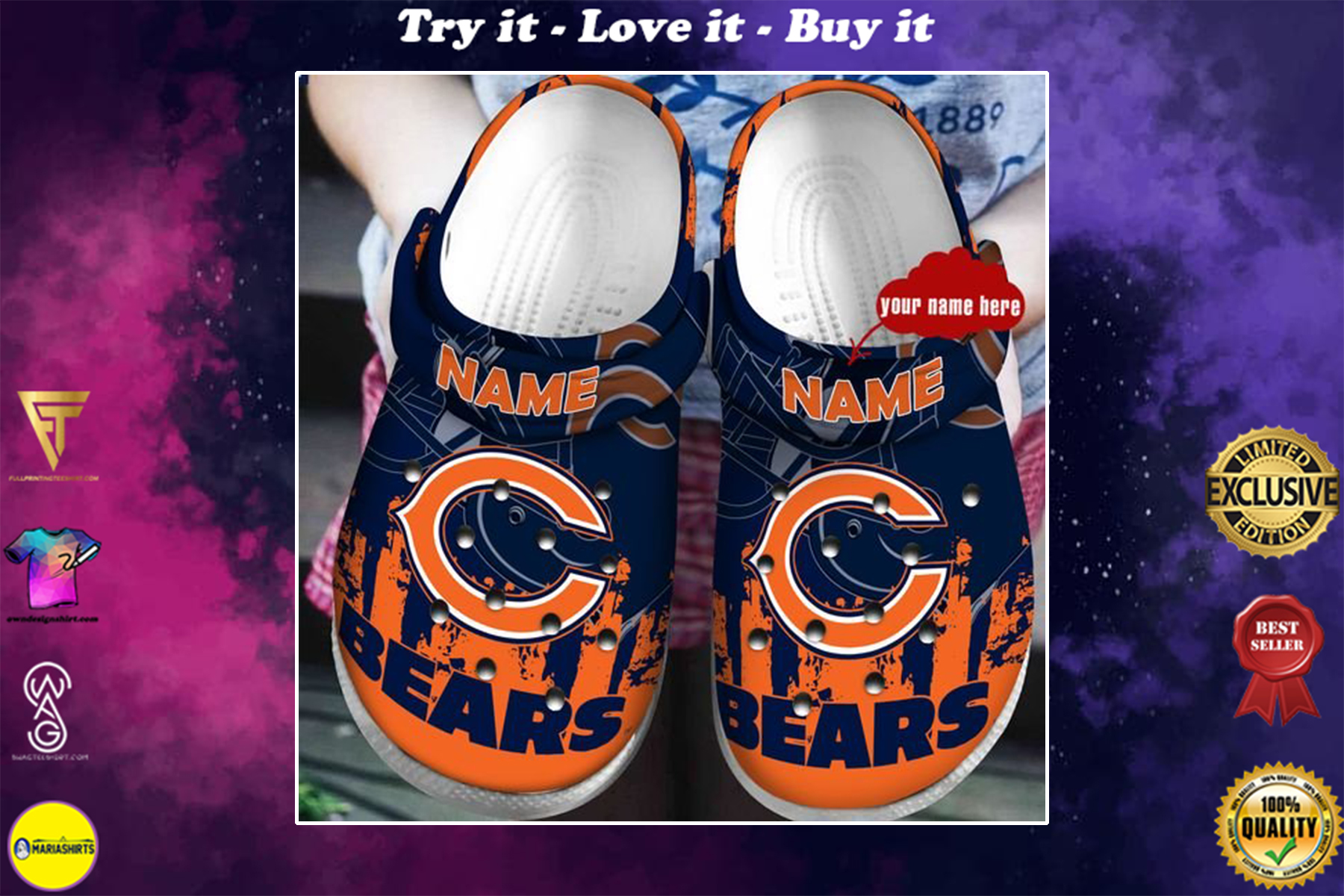

Reviews
There are no reviews yet.